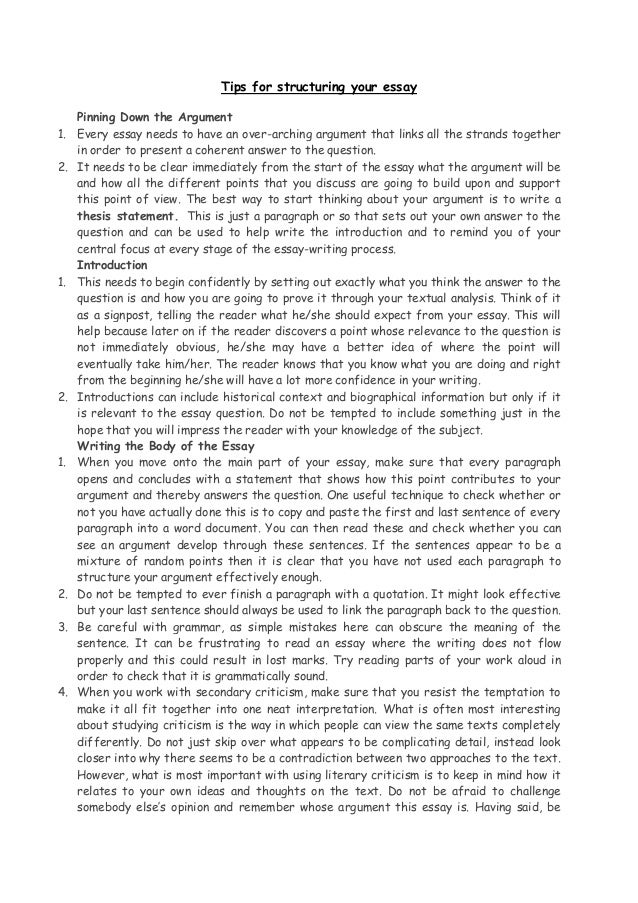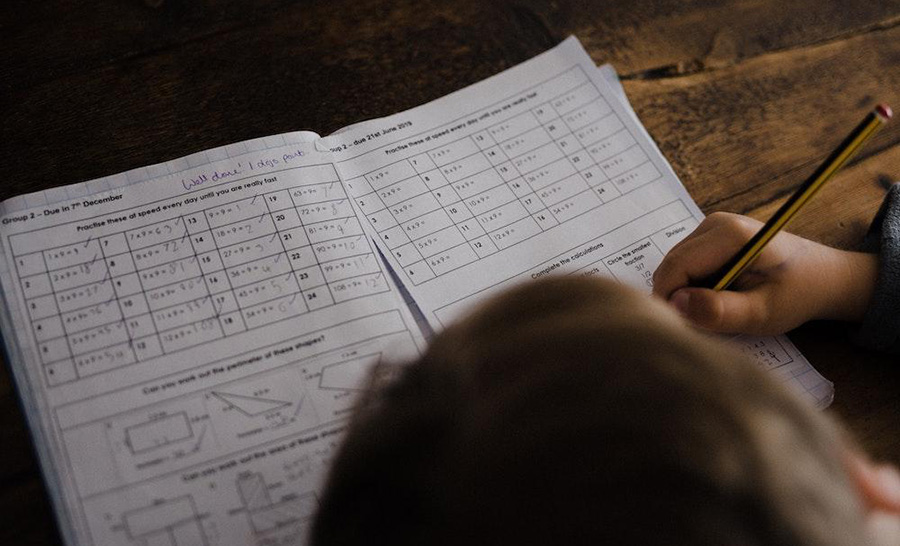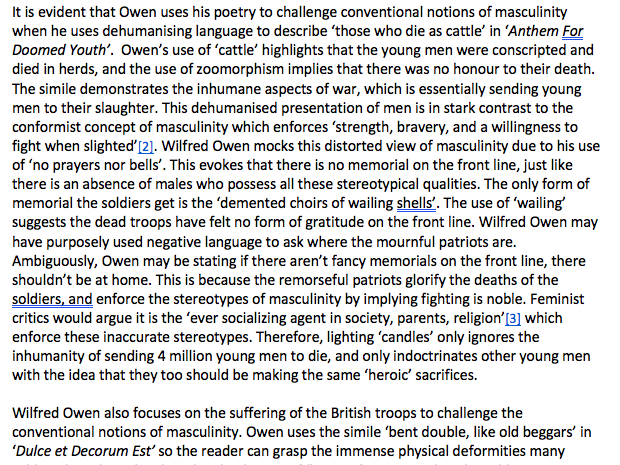If you’re stuck and wondering how to write an A-level history coursework, you’re not alone. History is not as straightforward as some people think. But with the help of this article, you can learn how to identify a topic, develop a question, analyze sources, and write a citation. Read on to discover how you can approach this challenging task. Once you have completed the basics, you’ll be well on your way to achieving a top grade!
Identifying a topic
Identifying a topic for a Level History coursework is an essential part of the examination. This is a non-exam assessment, also known as a Historical Investigation, and you will be expected to use a range of sources to make your essay as informative as possible. If you want to achieve top marks, you must use primary and secondary sources. Primary sources are those written during the time in question. Secondary sources, by contrast, are scholarly books or articles written by historians. The latter is essential as they provide the framework for your argument.
To make the most of this type of assessment, you must consider how different historians interpret the same subject. You should also consider how different interpretations of the same topic were formed. Try to use evidence and analysis from different perspectives to counter the arguments of each. For example, you could use documents that are more recent than other historical documents to argue for your own view. This is a great way to create an interesting essay.
Once you have identified a topic for your A Level History coursework, you must make sure that you have enough time to research and write your essay. You should also leave some time to read history essays. By doing so, you will be exposed to the writing style and content of academic essays. In addition to books, academic journal articles, and other scholarly sources, it is also useful to consult a scholarly work related to the topic. Be sure not to use websites that target school students.
Developing a question
Developing a question for your historical investigation is vital if you want to secure high marks. This type of coursework requires you to use a range of primary and secondary sources to support your argument. Primary sources include documents written during the time in question. Secondary sources, by contrast, are scholarly books and articles written by historians. Historians call secondary sources interpretations. The primary sources provide the basis for an investigation, whereas secondary sources are simply scholarly books or articles written by historians.
When developing your question for your A-level history coursework, you should think about the historical context in which the topic took place. A ‘What’ question requires a student to analyse two historical interpretations and place them within the context of the last hundred years. The question may be based on British history or non-British history, or it can be global. It should not duplicate the content studied in the first two components of the course.
Analysing sources
The SAT test is a great way to practice analyzing sources when writing coursework. Although you aren’t expected to know about minor details, like the author, class, religion, or time period, this information can help you support your arguments in the essay. You can add captions or labels, as well as comparisons between two different historical events. And you can use analogy to compare unlike things.
To analyse sources, you must first know their purpose and audience. Every source has an intention behind it, and knowing this will help you judge its relevance and reliability. A piece of ancient pottery, for example, might have been made to show off Charles’ wealth to other European monarchs. However, even a pop song could have been written to make an important political statement. In either case, the purpose behind the source is important.
Primary sources often lack context and are incomplete. You may need to combine multiple sources in order to write an effective essay. You should also test your assumptions about the past by finding other primary sources or secondary sources with the same information. And you should always ask for specific reasons for your conclusions. And remember that good analysis doesn’t happen overnight. And even the most renowned historians spend hours studying and analyzing a single primary source.
Citing sources
There is no single, right or wrong method for citing sources in A level history coursework. Rather, students must choose the most appropriate method for each course. The length and style of sources may vary. In general, students should use at least three primary sources per assignment, and they should choose a wide range of sources to present different points of view. Despite the wide range of sources available, students should choose sources with substantial content, provenance, and a critical perspective.
Generally, historians use the Chicago Manual of Style, but history coursework requires a different format. This style isn’t compatible with APA or MLA, so students should check with their professors for details. Regardless of the style, citations should be consistent and accurate. However, students should make sure to use the style that suits their course and major. When in doubt, a good rule of thumb is to choose the style that matches the nature of the course.
The WKU History Department has produced a helpful page with information on footnotes. While this page should be a good starting point, it’s not a replacement for a guide such as A Manual for Writers of Theses and Term Papers. The latter is based on the CMS. Whether it is a book or an article, there are guidelines that should be followed when citing sources in A level history coursework.
Keeping all requirements in mind
Keeping all requirements in mind when writing an AP history coursework can help you write an excellent paper. The AHA collaborated with history professors to create a list of skills students should develop while writing this course. Make sure your coursework provides examples of the type of writing you expect from your professor. Regardless of whether you are writing for a test or an essay, you need to make sure you have samples of your work to show the professor.
Getting an A
A level history coursework is the non-exam component of the course, but it’s far from impossible. There are a few tips you can use to get an A. First of all, choose a topic you are passionate about. Because you’ll be working on it for months, choose something you are particularly interested in. It will also help if you can pick an interesting topic to study. You can find some excellent A-level history coursework examples online.
A level history is about understanding past events and their consequences. It looks at political, economic, social and cultural issues. While it doesn’t cover everything, you’ll learn enough about the subject to gain some context and an historian’s approach. The central question in any history course is, “why”? It’s the basis for any investigation and is ultimately the purpose of study. In addition, it teaches you how to argue in a persuasive way in both class and in written work.
When writing a piece of coursework, make sure to include a bibliography. This is a list of sources used in the research process. You should put books and articles alphabetically according to author surnames, and include full titles, publishers, and dates. If an article is not published, you must also include the article’s title and date of publication. If you are working on a thesis, you can use the literature to support your arguments.




